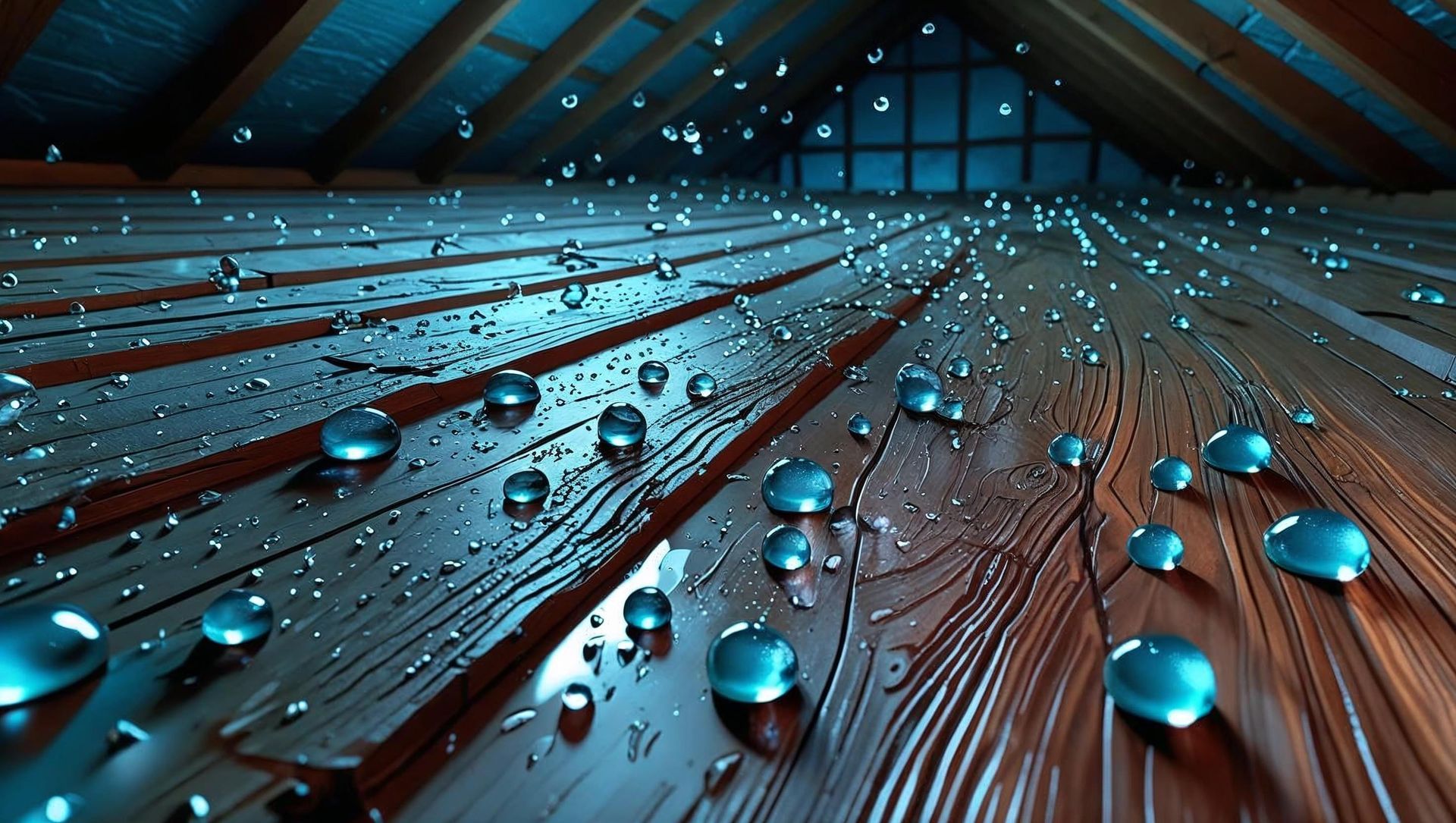Choosing The Right Contractor For Insulation
Selecting the Right Insulation Contractor in Maine
Choosing the right insulation contractor is vital for ensuring that your home’s energy upgrades lead to real benefits like reduced energy bills and enhanced comfort. The selection process, however, can be daunting. It is not just about finding someone who can install insulation but finding a partner who understands the complexities of maintaining a balanced indoor environment in Maine's varied climate.
The Importance of Expertise and Equipment
Hiring a contractor with specific experience in spray foam insulation and other energy-efficient technologies is essential. Contractors with inadequate experience or outdated equipment may not achieve the tight seal necessary for maximum energy savings, leading to potential issues such as uneven heating and cooling or moisture problems. Additionally, proper equipment is crucial for ensuring that the insulation is applied safely and effectively, adhering to the latest industry standards.
Benefits of Working with Efficiency Maine Approved Contractors
Efficiency Maine approved contractors are not only vetted for their skills and reliability but also for their adherence to energy-efficient practices. These contractors:
- Receive ongoing training on the latest insulation techniques and materials.
- Can help homeowners navigate the various rebates and financial incentives available, ensuring that you get the best possible deal on your insulation project.
- Are familiar with local building codes and can ensure that all work is compliant, an essential consideration for maintaining the value and safety of your home.
Understanding Spray Foam Insulation
Spray foam insulation offers one of the most effective barriers against Maine’s harsh weather, but understanding its application and benefits can help you make informed decisions about your home’s energy needs.
How Spray Foam Insulation Works
This insulation type is applied as a liquid that quickly expands to fill the cavities in walls, floors, and ceilings. As it expands, it forms an airtight seal that significantly reduces the unwanted air exchange that can lead to high heating and cooling costs. The material also has excellent moisture-resistant properties, preventing common issues like mold and mildew.
Key Areas for Spray Foam Application
In addition to the common areas like attics and external walls, consider insulating:
- Garage ceilings and walls if they are adjacent to conditioned spaces.
- Spaces around electrical outlets and light fixtures, where air leaks can occur.
- The junctions where walls meet floors, significantly reducing potential draft areas.
Efficiency Maine Rebate Programs Explained
Efficiency Maine offers robust rebate programs designed to make home insulation upgrades both accessible and affordable for homeowners across the state. These incentives are part of a concerted effort to increase energy efficiency and reduce overall energy costs for Maine residents.
How the Program Works
Efficiency Maine’s rebate programs provide financial assistance for a variety of home energy improvements, including comprehensive insulation upgrades. Homeowners can benefit from rebates that cover a significant portion of the project costs, with rebates starting at a minimum of 40% and potentially covering up to 100% based on the specific project and applicant eligibility.
Steps to Qualify for Rebates
To maximize the benefits of these rebates, homeowners should follow these steps:
- Home Energy Audit: Begin with a professional energy audit performed by a certified auditor. This audit will identify critical areas where insulation can have the most impact on energy conservation and comfort.
- Selecting a Qualified Contractor: It’s essential to choose a contractor who is approved by Efficiency Maine to ensure that the insulation work meets the program’s standards for quality and efficiency. These contractors are familiar with the program’s requirements and can guide homeowners through the rebate process.
- Application and Documentation: After the upgrades are completed, homeowners need to submit the necessary documentation, including proof of work and expenditure. Efficiency Maine reviews these submissions to verify that the work meets their standards before issuing the rebate.
By following these steps, homeowners can significantly reduce the financial burden of home insulation projects, making essential energy efficiency upgrades more feasible and rewarding.
The High Cost of Under-Insulation in Maine Homes
The impact of under-insulation in homes extends beyond discomfort. Inefficient energy use not only leads to higher utility costs but also places a greater strain on the environment. Proper insulation mitigates these issues by maintaining stable indoor temperatures, reducing the need for continuous heating or cooling.
Take Action: Enhance Your Home’s Efficiency!
Improving your home's insulation is one of the most cost-effective ways to enhance energy efficiency and comfort. Contact Mattra, Efficiency Maine approved contractor today by filling out our get-started form or by calling us at 207-777-6020 for a free estimate and eligibility assessment.
With the right upgrades, you can enjoy a more comfortable home and lower energy bills.








